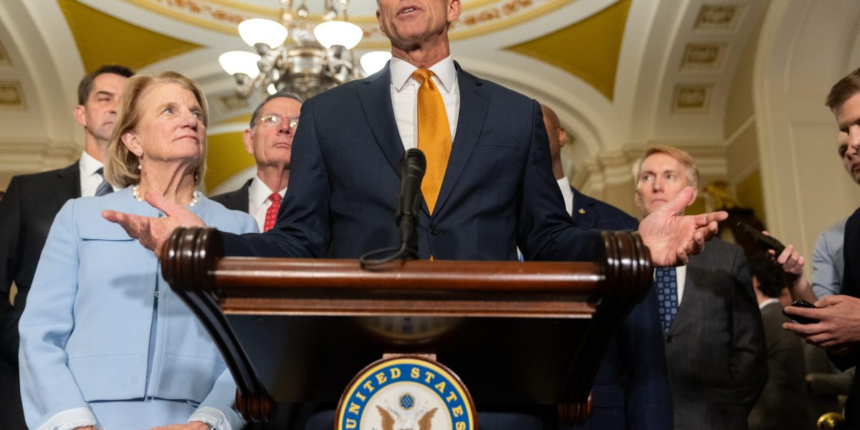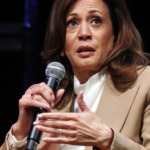A government shutdown usually reduces real GDP temporarily, halting non-essential federal operations, delaying government payments, and cutting spending on services and salaries. But the overall drop in economic output is usually short-lived even if a shutdown is extended, and the losses are often made up once the government reopens.
“Although most of the decline in real GDP will be recovered eventually, CBO estimates that between $7 billion and $14 billion (in 2025 dollars) will not be,” the report said.
Federal spending will be $33 billion lower than what it would’ve been without the shutdown in a four-week shutdown scenario; $54 billion in a six-week shutdown scenario; and $74 billion in an eight-week shutdown scenario, the CBO estimates.
The pause in economic activity will largely be made up once the government reopens: furloughed and “excepted employees,” which are federal employees mandated to work without pay due to their work being deemed essential, will be paid retroactively at their regular rate of pay. The spending decline on goods and services will also be made up, and missed SNAP benefits will be paid as well, the CBO said. But the economy won’t recover the lost output in goods and services from the period when furloughed employees weren’t working, the agency estimates.
In addition, real GDP growth is expected to decline through the end of the year.
The CBO estimates real GDP growth for the fourth quarter of 2025 will be reduced by 1 to 2% below what would have occurred if the government had remained open, depending on the length of the shutdown.
After the shutdown, federal spending is expected to resume, which would likely lead to a short-term rebound in GDP growth and temporarily push growth above the trend rate. But as delayed spending is gradually absorbed and economic activity returns to normal, this boost would fade, creating another “temporarily negative” GDP growth rate as the economy settles back to where it would have been if there hadn’t been a shutdown interruption.
The negative effect in federal spending due to the shutdown “should be minimal in a short shutdown but could subtract from growth in the event of a prolonged shutdown,” the Goldman Sachs report said, according to Brookings.
“Looking at jobs,” Feroli wrote in his estimate published on Oct. 10. “The shutdown affects a fairly small part of the government and many furloughed employees will receive back pay. However, the impact could be worse this time due to the threatened layoffs and actual job loss, which could create risks for the labor market and consumer spending.”









